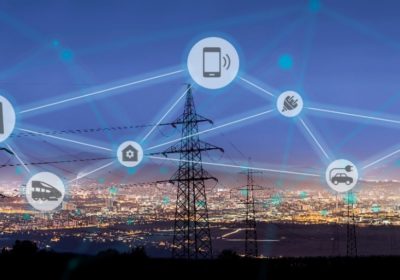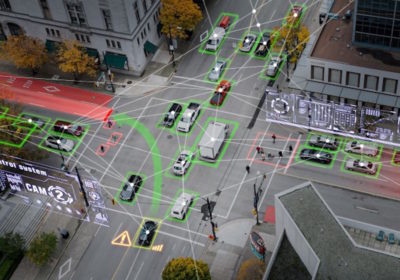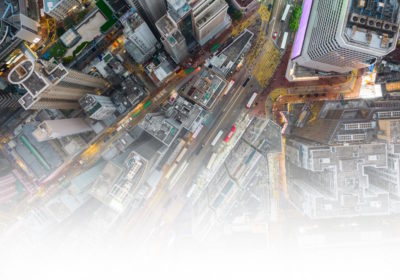Artificial intelligence is redefining how cities evolve — replacing static master plans with living, data-driven models that adapt to real-time change. Let’s discover how adaptive planning is shaping the next generation of intelligent urban design

Cities have always evolved in response to human needs, but the pace and complexity of today’s urban challenges have surpassed the capabilities of traditional planning models. While predictive planning — based on forecasts and statistical models — has been instrumental in estimating urban growth, traffic patterns, or energy consumption, it is no longer sufficient on its own. The rise of continuous, real-time data flows has opened the door to a new paradigm: adaptive urban planning, powered by artificial intelligence.
Adaptive urban planning enables cities to not only forecast but also respond in real time to changing conditions. Rather than relying on static master plans updated every decade, AI allows urban planners to work with dynamic, living models that evolve as new data becomes available. Machine learning algorithms, neural networks, and real-time data integration make it possible for cities to detect emerging patterns — such as shifting population flows, traffic anomalies, or fluctuations in air quality — and adjust policies or infrastructure on the fly.
For instance, AI-driven simulations can assess the impact of new land use developments on mobility, waste generation, or access to green spaces. With the help of digital twins — virtual replicas of cities — planners can test multiple scenarios before making decisions, significantly reducing uncertainty and improving sustainability outcomes. This marks a shift from reactive to proactive governance, where cities continuously adapt to maintain functionality, resilience, and livability.
One of the most promising applications of adaptive planning lies in infrastructure optimization. AI systems can analyze traffic flows, weather forecasts, and energy usage patterns to recommend changes in street layouts, transportation routes, or resource allocation. In flood-prone areas, real-time simulations can adjust drainage strategies or activate early-warning systems based on rainfall predictions. These responsive systems enhance urban resilience, helping cities prepare for — rather than merely react to — environmental stressors.
Adaptive planning also transforms the role of urban planners. Instead of relying solely on historical data and professional experience, planners now work with intelligent platforms that process millions of variables to generate insights. This collaboration between human expertise and algorithmic intelligence enables more informed, data-driven decision-making while preserving space for creativity and interpretation.
Urban adaptability is especially critical in the face of the climate crisis, which brings with it extreme weather events, rising sea levels, and heatwaves. AI supports the design of flexible infrastructure that can evolve alongside technological, demographic, and environmental changes. This includes green infrastructure like rain gardens, green roofs, and permeable pavements, which manage stormwater, mitigate urban heat islands, and improve biodiversity.
Examples of adaptive design already exist. The Danish city of Roskilde implemented an innovative stormwater solution that doubles as a recreational skate facility, blending climate resilience with community engagement. Similarly, Kampung Admiralty in Singapore, a multi-award-winning vertical village for the elderly, integrates smart hydrological systems that store stormwater for irrigation. These projects highlight how AI-informed planning and cross-disciplinary collaboration can produce infrastructure that is both functional and future-proof.
While the benefits of adaptive AI-driven planning are significant, they also come with important ethical considerations. Who owns the data? How transparent are the algorithms making urban decisions? How do we ensure automated systems reflect public values and avoid reinforcing social inequalities? These questions demand governance models that are transparent, inclusive, and accountable. Adaptive planning is not just about technology — it requires a societal commitment to fairness, participation, and responsible innovation in urban management.
The Future of Cities: Living, Learning Systems
The shift from predictive to adaptive urban planning signifies more than a change in tools — it represents a fundamental transformation in how we conceive of cities. Cities are becoming intelligent organisms, capable of sensing, learning, and evolving in real time. AI does not replace human vision; it amplifies it. By merging data analytics with human-centered design, adaptive planning offers a pathway toward cities that are not only smarter but also more responsive, resilient, and humane.
In a rapidly changing world, the capacity to adapt is no longer optional — it is the foundation for thriving urban futures.



